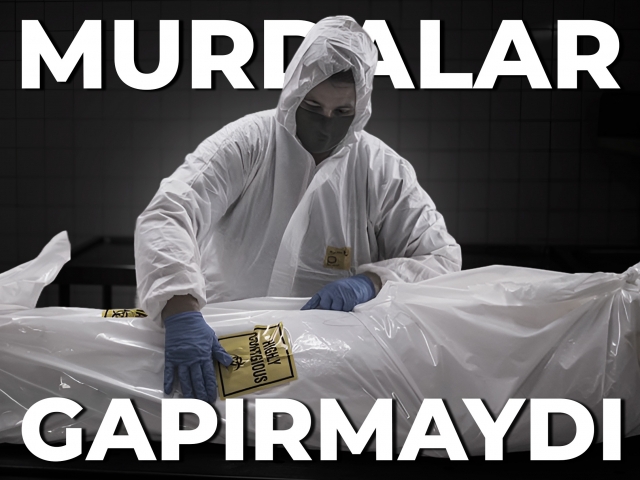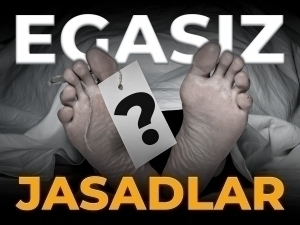Eshik ortidagi ekspertiza: paranormal hodisalar haqiqatmi?
Intervyu
−
29 mart 15570 5 daqiqa
Ba’zan ijtimoiy tarmoqlarda jinsiy va jismoniy zo‘ravonlik holatlari ro‘y berganida sud-tibbiy ekspertizasining qasddan kechiktirilishi haqida eshitamiz. Xo‘sh, o‘lim sababi, jinoyat tergovi hamda sud jarayonlarida hal qiluvchi rol o‘ynaydigan sud-tibbiy ekspertizasi natijalari qanday hollarda kechiktiriladi? Kriminalistik film hamda seriallardagi dramatik va sirli tasvirlar paydo qiladigan tasavvurlar shunchaki uydirmami? Shunday savollarga javob olish uchun Respublika sud-tibbiy ekspertiza ilmiy-amaliy markazi direktori, professor Sherzod Ro‘ziyev bilan suhbatlashdik.
Iqbol Ergashova, muxbir.: — Avvalambor, suhbat boshida murdalar ustida ish olib boradigan ikki – sud-tibbiy ekspertiza va patologik anatomiya sohalarining o‘zaro farqlarini tushuntirib bersangiz.
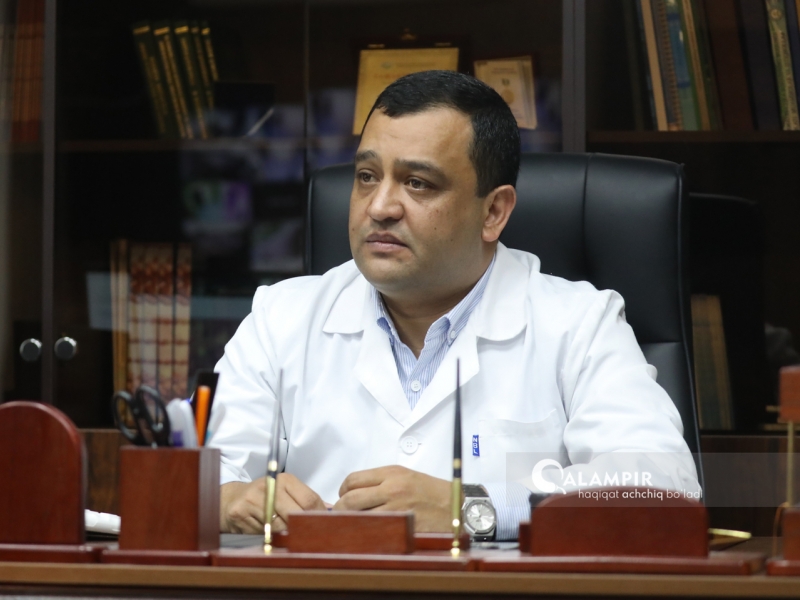
Sherzod Ro‘ziyev, Respublika sud-tibbiy ekspertiza ilmiy-amaliy markazi direktori, professor: — Ushbu ikki soha o‘rtasida bir nechta farqlar mavjud. Masalan, sud-tibbiy ekspertizasi murdada zo‘ravonlik alomatlarini tasdiqlash yoki inkor etish orqali o‘lim sababini aniqlasa, patologoanatomik tekshiruv o‘lim sababini aniqlash orqali diagnostika va davolash choralarining to‘g‘ri olib borilganini nazorat qiladi. Bundan tashqari, sud–tibbiy ekspertiza surishtiruvchi yoki tergovchi qarori yoxud sud ajrimi asosida o‘tkaziladi, patologoanatomik tekshiruv esa davolash muassasasi rahbari yoki uning muovini ko‘rsatmasi bo‘yicha amalga oshiriladi.
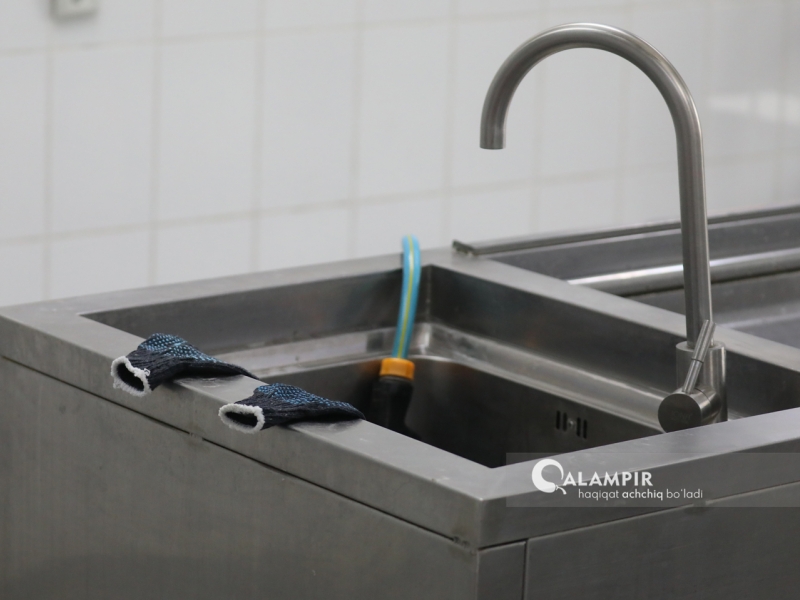
Yana bir farq shundaki, sud-tibbiy eksperti har bir holatda huquq va majburiyatlari tushuntirilgani, yolg‘on xulosa berish hamda xulosa berishdan bosh tortish hollari bo‘yicha jinoiy javobgarlikdan ogohlantirilgani haqida tilxat beradi. Patologoanatomik tekshiruvda esa bunday talab qo‘yilmaydi. Shuningdek, patologoanatomik tekshiruv asosan davolash muassasalarida sodir bo‘lgan o‘lim holatlarida o‘tkazilsa, sud–tibbiy ekspertizasi uchun o‘lim sodir bo‘lgan joy ahamiyat kasb etmaydi. Bundan tashqari, sud–tibbiy ekspertiza murdaning kiyim va jarohatlarini sinchiklab o‘rganadi, patologoanatomik tekshiruvda esa bular tekshiruv ob’ekti hisoblanmaydi.
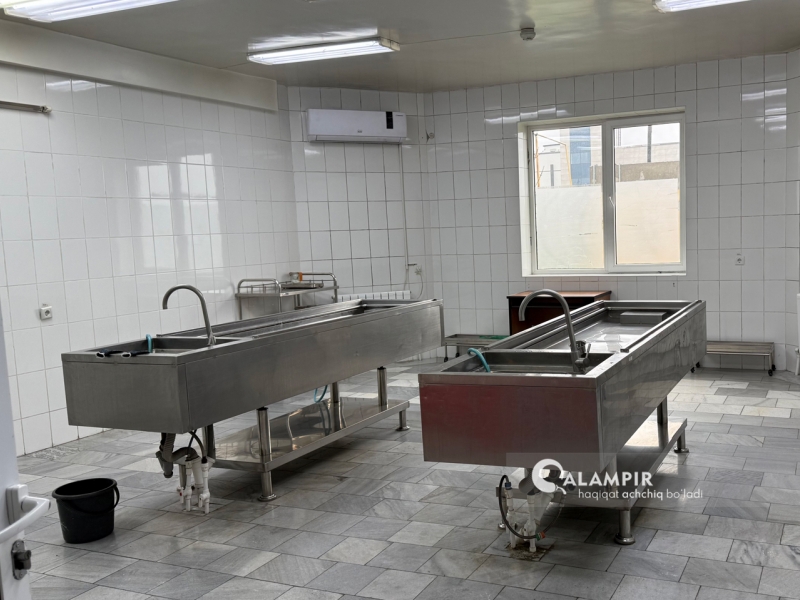
I.E.: — Sud-tibbiy ekspertizaga har xil sharoitda vafot etgan shaxslar jasadi, jumladan, tanib bo‘lmas holatga kelib qolganlari ham keltirilishi mumkin. Bunda jasad shaxsi qanday aniqlanadi?
Sh.R.: — Avvalambor sud-tibbiy ekspert tomonidan murdaning so‘z portreti tuziladi va qismlari rasmga olinadi. Guruhiy mansublikni aniqlash uchun murdaning barcha qismlaridan material (qon, mushak to‘qimasi va boshqalar) olinadi. Murda qismlarida aniqlangan tatuirovka, xol va chandiq kabi alohida belgilar tavsiflanib, rasmga olinadi. Qon guruhi va zaharli moddalarni aniqlash kabilar uchun gistologik tekshiruv o‘tkaziladi. Murda shaxsi va eng avvalo, o‘lim sababini aniqlash uchun yuqoridagilar kabi yana bir necha tekshiruvlardan foydalaniladi.
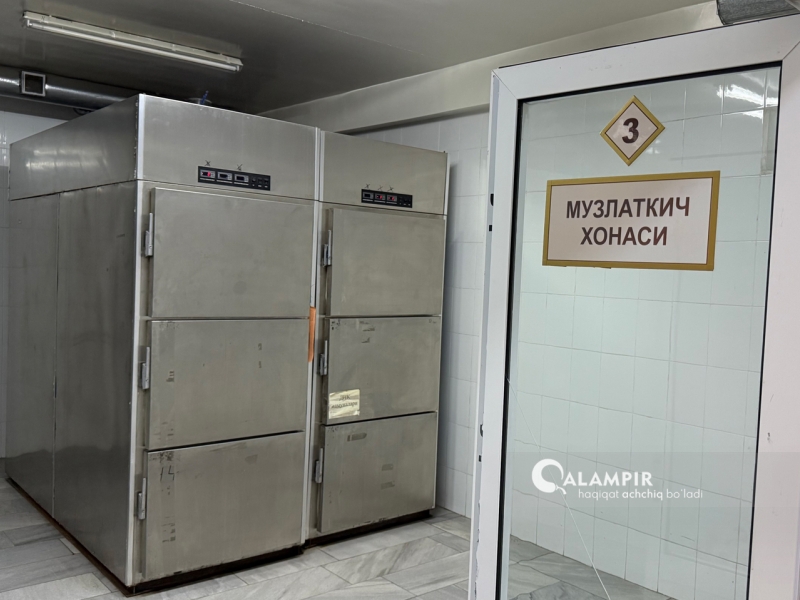
I.E.: — O‘lim vaqti qanday aniqlanadi?
Sh.R.: — Hodisa joyida murdani ko‘zdan kechirish va sud–tibbiy ekspertizasida hal qilinishi lozim bo‘lgan asosiy masalalardan biri o‘lim muddatini aniqlashdir. Amaliyotda o‘lim vaqtini aniqlash uchun ko‘pincha murdaning sovishi, qurishi, qotishi, undagi dog‘lar va chirish hodisalarining namoyon bo‘lish darajasidan foydalaniladi.
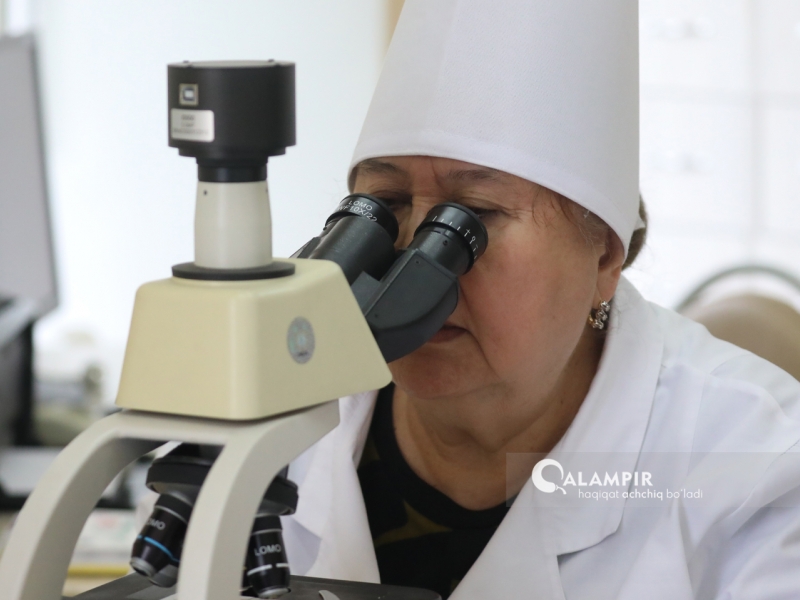
I.E.: — Sud-tibbiy ekspertiza sohasi ko‘pgina kino va seriallar uchun mavzu bo‘lib keladi hamda ularda ko‘pincha, o‘likxonalarda paranormal hodisalar sodir bo‘lishi, turli ovozlar eshitilishi tasvirlanadi. Bu reallikka qanchalik yaqin?
Sh.R.: — Bularning hammasi tomoshabinni qiziqtirish uchun qilinadigan har xil xayoliy uydirmalardir. Aslida hech qanday ovozlar eshitilmaydi va men shuncha yillik faoliyatim davomida hech qachon paranormal hodisalarga duch kelmaganman. Hech kim yo‘q joyda uzoq vaqt yolg‘iz bir o‘zi qolgan odamga bamisoli har xil tovushlar eshitilgandek, kimdir uni chaqirgandek tuyulishi yoki ko‘ziga nimadir ko‘rinishi aslida uning xayoliy uydirmasidir. Yana shuni aytishim kerakki, kino va seriallarda ushbu soha vakillari salbiy obrazda gavdalantiriladi, ammo hayotda ular juda oqko‘ngil insonlar bo‘ladi.
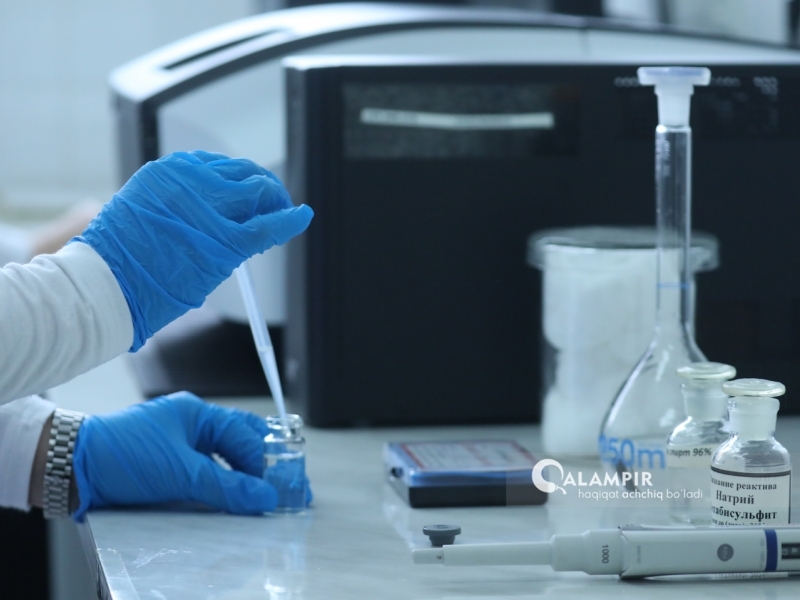
I.E.: — Ekspertizaning ataylab kechiktirilishi haqidagi savoldan oldin markaz faoliyatiga ham biroz to‘xtalsak. Sud-tibbiyot ekspertizasi sohasida qanday o‘zgarish va modernizatsiyalar qilindi hamda tizimda qanday muammolar mavjud?
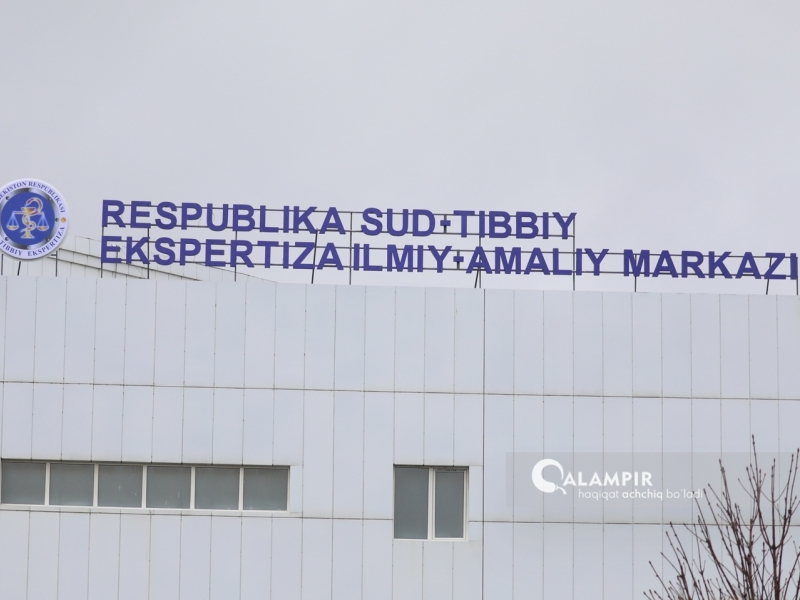
Sh.R.: — Markaz 2018 yildagi 4049-sonli Prezident qarori asosida tashkil etilgan va 2022 yildan buyon tayanch doktorant va mustaqil izlanuvchilarni qabul qilmoqda. Ularning bir nechtasi falsafa doktori (PhD) ilmiy unvoniga ega bo‘ldi. Modernizatsiya haqida to‘xtalsak, markazga DNK apparati olib kelinmoqda. Qolaversa, barcha laboratoriyalarni zamonaviy texnologiyalar bilan boyitish hamda markaz qoshida ilmiy darajalar beruvchi kengash tashkil etish ko‘zda tutilgan. Tizimdagi muammolar haqida gapiradigan bo‘lsak, ekspertlarning oylik maoshi oshirilishi kerak deb o‘ylayman. Ular uchun ham davlat hisobidan chet davlatlarda malaka oshirish va tajriba almashish bo‘yicha kurslar tashkil qilinsa, qolaversa, eng muhimi, ekspertlar daxlsizligi ta’minlansa maqsadga muvofiq bo‘ladi.
I.E.: — Ba’zan jinsiy tajovuz yoki jismoniy zo‘ravonlik bilan bog‘liq holatlarda vakolatli organlar tomonidan tibbiy ekspertiza tayinlashning qasddan kechiktirilishi haqida eshitamiz. Ma’lumki, tibbiy ekspertiza uchun vaqtning ahamiyati katta.
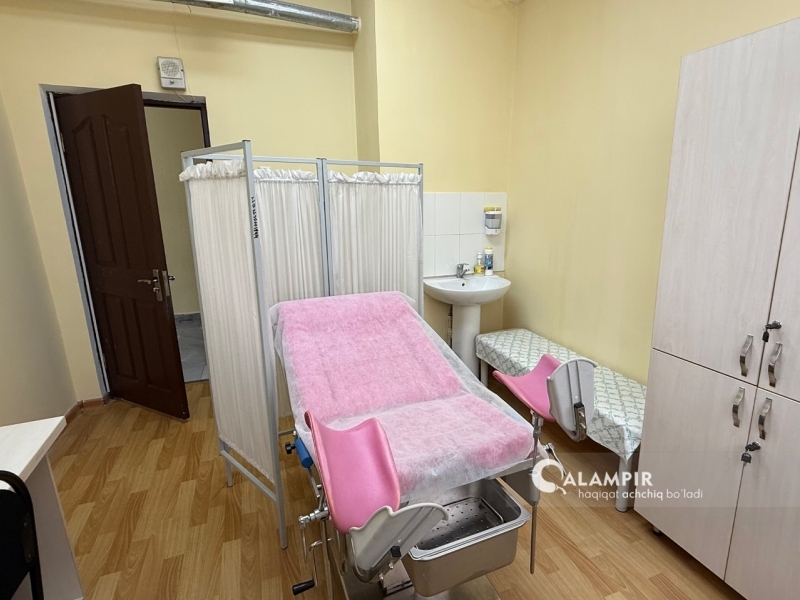
Sh.R.: — Amaldagi qonunlarga muvofiq, sud ekspertizasi surishtiruv yoki tergov idoralari qarori yoxud sud ajrimiga asosan o‘tkaziladi. Ekspertiza tayinlanishi va o‘tkazilishi shart bo‘lgan holatlar Jinoyat-protsessual kodeksining 173-moddasida belgilab qo‘yilgan. Ta’kidlash kerakki, ekspert xulosasini baholash ham ishni yuritayotgan shaxs yoki organning vakolati hisoblanadi. Shundan kelib chiqib, aytish mumkinki, jismoniy shaxslar murojaati bilan ekspertiza o‘tkazilishi mumkin emas. Ekspertiza tegishli organlar qarori asosida o‘tkazilishi shart.
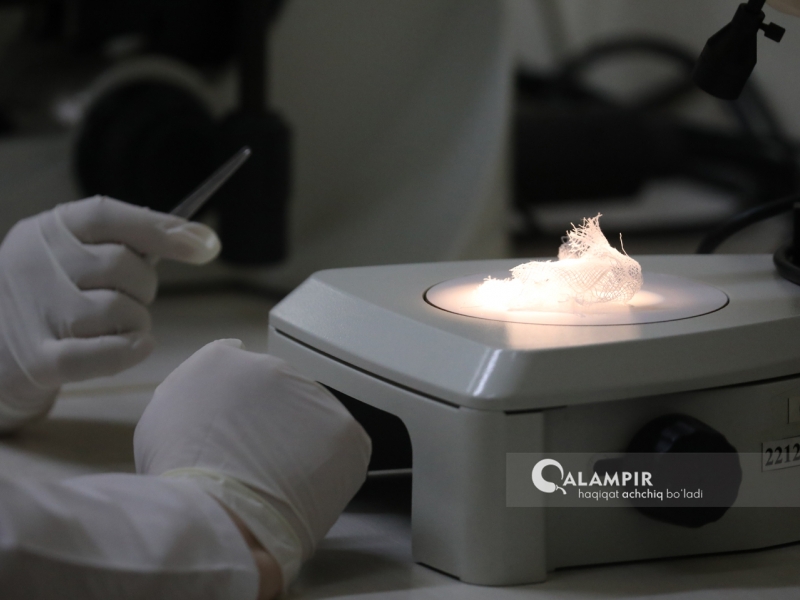
Ekspert tomonidan ekspertizani ataylab kechiktirish holatlari kuzatilmaydi. Xulosa muddati kechikishi sababi ekspertiza o‘tkazish uchun materiallar o‘z vaqtida taqdim qilinmagani bilan bog‘liq bo‘lishi mumkin.
Shuningdek, aytib o‘tishim mumkinki, ekspertiza uchun bo‘lib o‘tgan voqeani batafsil ta’riflash, jabrlanuvchining qarshilik ko‘rsatish xarakterini aniq belgilash muhim ahamiyatga ega. Zero, jinsiy yoki jismoniy zo‘ravonlik holatlarida jabrlanuvchining qarshilik qilish xarakterini bilish hamda jinoyat sodir etilgan joy o‘rganilayotganida sud-tibbiy ekspertining mutaxassis sifatida ishtirok etishi, jinoiy holatni to‘g‘ri aniqlashga imkon beradi.
Live
Barchasi